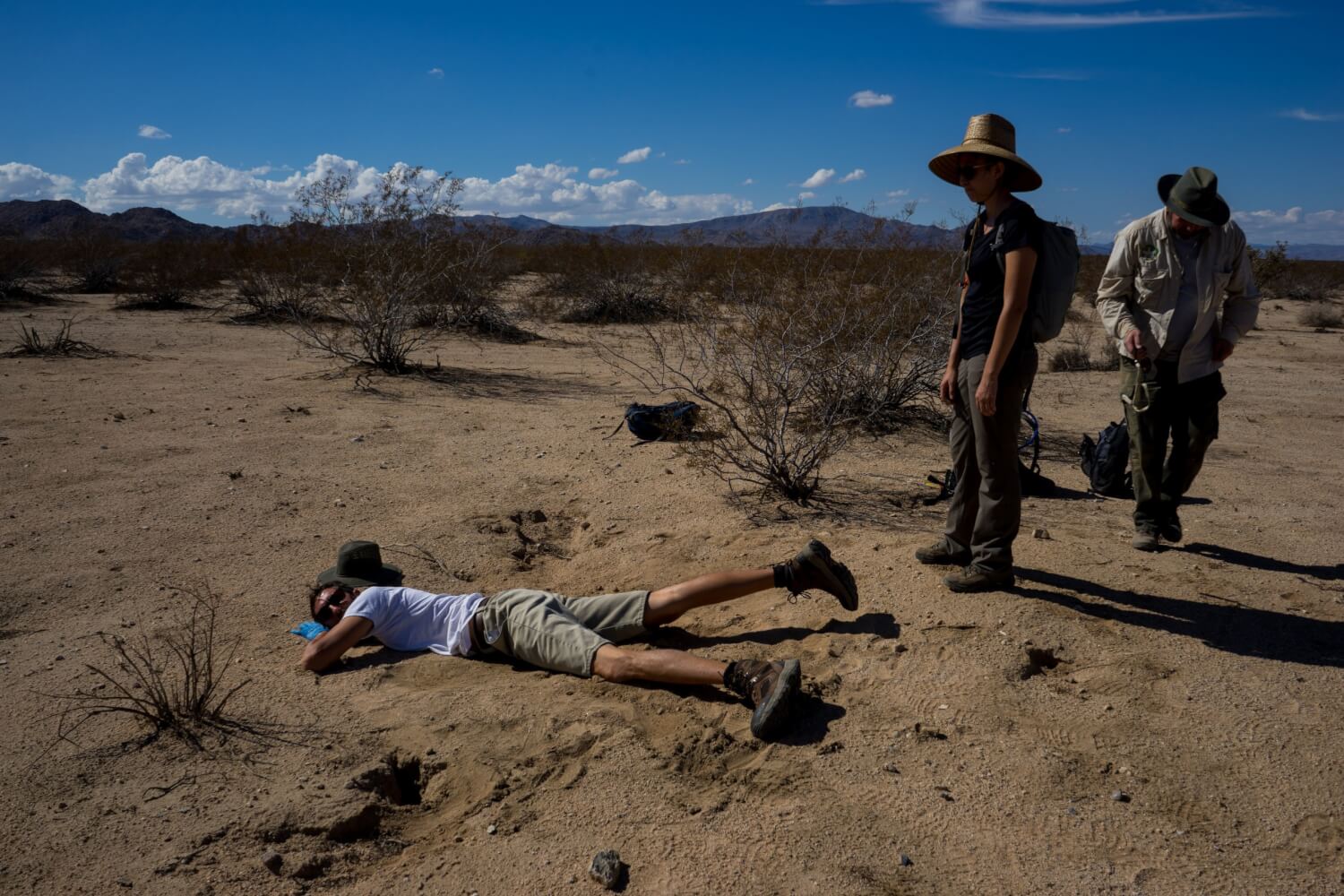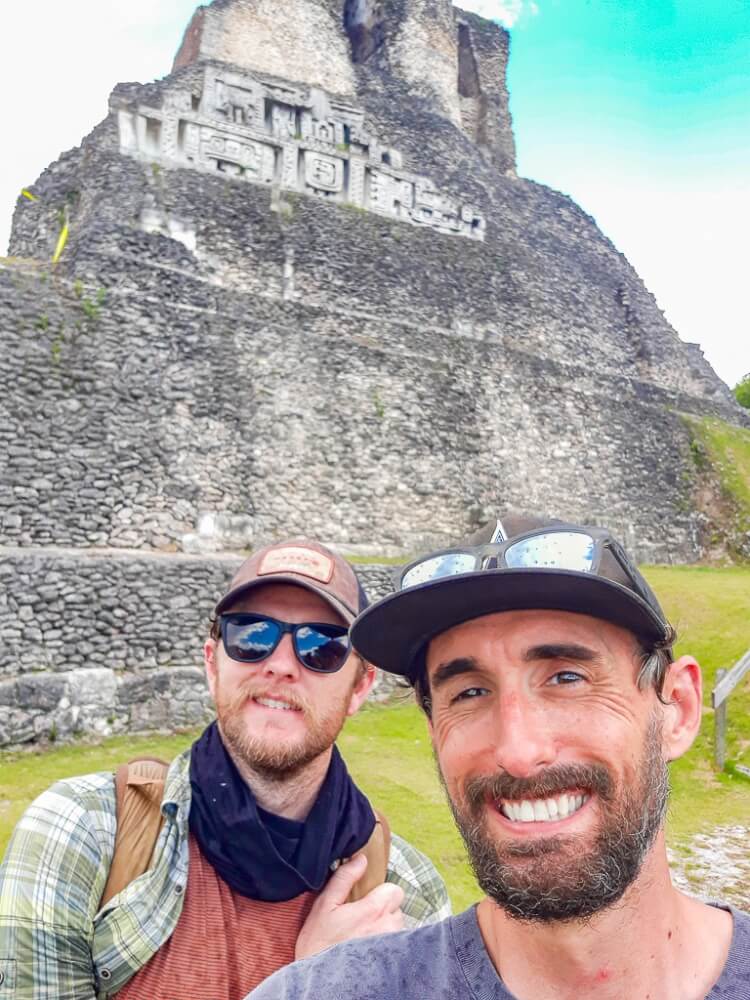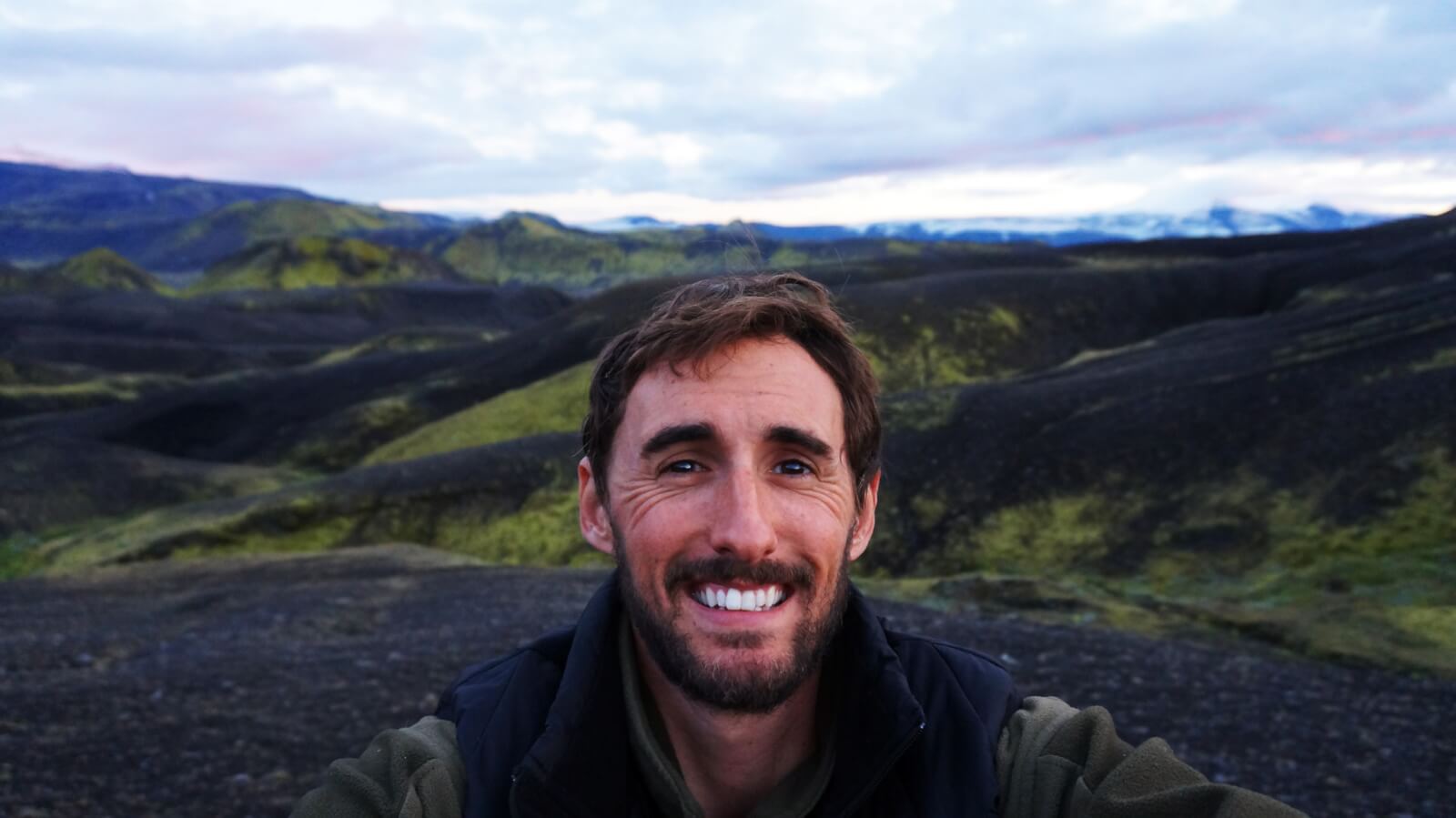What makes the Forestry Fellowship Program unique and special?
The Sierra Nevada is facing some serious challenges with fires, drought, poverty, and communities reliant on single-source revenue like recreation. The Sierra ecosystems and communities need high quality, technically proficient professionals that are fighting diligently and consistently to address these challenges and turn the tide. We have foresters, project managers, GIS specialists, and more, in the field fighting daily for the Sierra. The Sierra Corps Forestry Fellows are the caretakers of the Sierra, now and for the future.
An article just came out that the snowpack in the Sierra might be gone by 2045. Current Fellows are those future leaders that will be solving snowpack and other issues that we don’t even know about yet. When we think of the Sierra Nevada providing drinking water for more than 60% of California, it is the Forestry Fellows that are on the front lines ensuring that Californians can exist sustainably.
What are you most excited about for the Forestry Fellowship Program in the next year?
More of everything. I’m excited to see more forests restored, more communities protected, more grants written and awarded, more research conducted, and more species saved from the brink of extinction.
The Sierra Nevada exists as an integral part of California’s ecosystem, as well as identity. In the next year, the Fellows will be helping ensure California, and all the creativity and cultures that exist within the borders, continues to thrive.
Where do you want the Forestry Fellowship Program to be in 5 years?
I’m still getting my head around this. I don’t want the future of this program to be my vision, I want it to be the vision of the people in the Sierra, informed by the best available science and regional needs now and in the foreseeable future. So, I need to have more discussions with people and I need to listen to folks when they tell me about their communities. The people we work with are experts in their own right, and I want to listen to that expertise.
As I’m getting to learn these folks better and also understand the needs of the Sierra better, I have a couple initial thoughts. I would like to expand this program to the Sierra more expansively, bringing in real dollars to local people and building sustainable futures through forest health. We do this now, but I would like to expand our capacities. Better representation of the Fellows from the communities we work within is definitely a benefit for everyone.
You describe yourself as a conservation social scientist. Can you explain what you mean by that?
I’ve been trying to answer that myself! The best I’ve come up with so far is simply just someone who likes to talk to people about plants and animals. A conservation social scientist works with how society approaches conservation, or care and use of the natural world. I listen and learn about how the plants and animals are doing, and how we can build better relationships between it all. Both my brothers are scientists too; one is a wildlife biologist and the other is an atmospheric scientist, but my brain doesn’t work like a natural scientist in those ways, for whatever reason. I’m drawn to the way people live, the things humans create, and the perspectives we have, for better or for worse, about the planet and our collective future.

Taylor pulling a tortoise out of the den for a research project in Joshua Tree, CA
What made you decide to study and work in conservation?
Anger, rage, frustration, a sense of unfairness, a sense of inequity. Those are the thoughts that first come to mind when I think back on when I started 17 years ago. The United States was deciding to go to war with Afghanistan and I was becoming an adult, aware of the world around me for the first real time, and I didn’t agree with the country’s decision. I tried to learn more and protest, but it all felt ineffective. So, I turned my attention to what I could control and started volunteering for projects and causes that were contributive.
I volunteered at food banks, did what I could at homeless shelters, and read books to sick children, but I was quickly overwhelmed, lacking the skills and the emotional capacity. Two things then happened simultaneously, I switched my major in university to Comparative World Literature and started learning how people throughout history addressed their own lack of skills and emotional capacity, and I started helping out a native plant garden. Both of these allowed me to flourish and thrive in ways I didn’t know were possible for a human, and they allowed me to address my anger while also letting me feel like I was contributing to a better world.
I was taught as much about conservation from Langston Hughes and Pablo Neruda as I was John Muir or the natural science field guides I first picked up. Because of this, because of how I started, conservation has always been an extension of social justice for me. A lot of times, when I talk to biologists or nature-folk, they started because they loved some part of nature so much that they wanted to protect it or maybe even just be around it. That was never my intention, but I have learned to grow my sense of wonder and appreciation as I went on to get my masters and doctorate in conservation, and as my career has progressed with wetland restoration, forest health, and nature-based solutions to community development as well.
When I was still figuring out my own anger, and occasionally still when I feel particularly frustrated, I would think that humans can figure their own problems out, so that’s why I work on nature. But I don’t believe that anymore. I choose to see that conservation is about both humans and nature together and how we get to decide how to live together going forward. My start in conservation taught me that saving endangered species or restoring forests is as much a civic responsibility and experience in expanding humanity as extending compassion and support to those of us humans affected by injustice or inequality or dismissal or exploitation anywhere.
What is it about your conservation work that really gets you excited?
Success. I truly believe that one of the great discoveries in the last few decades is that conservation can actually work. I didn’t believe this prior to a handful of years ago because a lot of the narrative in the environmental world is dire and depressing, rightfully so. But when I started actively searching out and examining the conservation successes, I realized that there are more of them than we’re made aware of and that they have dramatic repercussions.
My brothers and I helped form a non-profit built around this idea, called Pelecanus. We called it that because for four to five decades a group of barely connected yet passionate people from all walks of life came together to help bring the California Brown Pelican back from the brink of extinction in 2009. That’s inspiring, because it’s true.
In the environmental world, I think the saying “all wins are temporary, and all losses are permanent” is mostly true, but the wins are still worth acknowledging, fighting for, and using as an example for future wins. To my core, I believe this to be true for the Sierra Nevada. There are big challenges in California and the Sierra Nevada in particular, but I believe that humans have a remarkable capacity to come together and fix problems.
Catastrophic fire, extreme heat, drought, biodiversity loss, and sea level rise are five of the major conservation problems in California, and four of those exist within the Sierra Nevada. Knowing the outcomes of these four, the real losses and traumas of these problems depresses me in a way that I can hardly communicate. But I believe truly and fully that they will be fixed and that we, as humans trying to make sense of a confusing world, will discover new ways to increase our capacity for innovation, compassion, and relationship-building, partially because of these four big problems.
We will find success in conservation with this, but, as is proved every time there is a conservation success around the world, the people will discover some new ability within themselves and we will become a better humanity because of that discovery. The Sierra Nevada Alliance is part of this process; as a group of people, we are in the midst of this discovery, and we will succeed in elevating and supporting Sierra ecosystems and communities.

Taylor and his brother Austin visiting a Mayan temple during a conservation trip in Belize
Where is your favorite place in the Sierra?
The next place I get to explore. I love the Bristlecones, I love the Redwoods, I love Tahoe, Half Dome, El Cap, all that I’ve been to. But there’s so much that I haven’t been to and I am grateful for the part of this position that is responsible for learning more about the different habitats and communities throughout the range. I get to discover new places.
What is your favorite type of tree? If you could be a type of tree, which would you be and why?
Absolutely, no question about it: the Western Sycamore (Platanus racemosa). Everything about this tree is remarkable to me: the mottled bark, the giant leaves that look like dinosaur footprints, the inflorescence that looks like a stubby mala bead necklace, the way it grows tall with fat branches, everything. It’s a fun tree; it grows near water a lot and it is often planted in parks and urban areas too, so it’s always around life. I’ve seen raccoons climbing on them in the wild and in the densest parts of the city, I’ve seen families picnicking and concerts happening under them. When you walk under them after their leaves fall, it’s the loudest crunch you’ve ever heard and after they’ve leafed, there’s almost too much shade. From a philosophical standpoint, I appreciate that it exists because it’s pretty and silly, for its lack of commercial or huge ecological value – being too dense and coarse, it isn’t harvested by humans much and it isn’t an ecological keystone or anything critical to a habitat like a redwood or oak. It’s languid, it just is, and I value that sense of purpose within purposelessness.
Find Taylor’s bio here.


